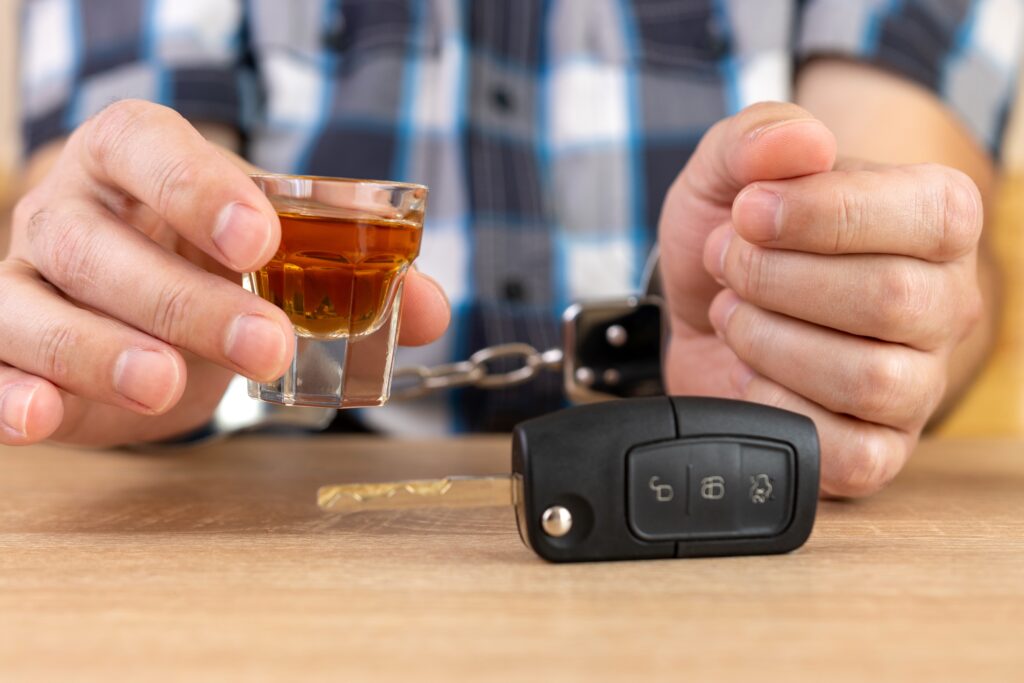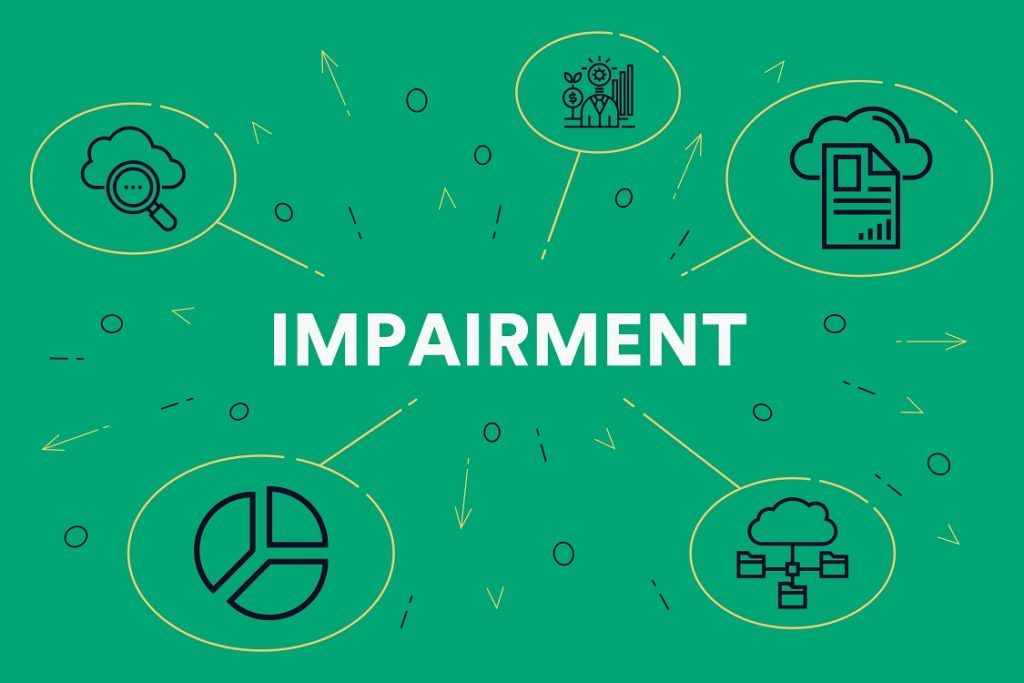Facing a charge like DUI less safe can be deeply frustrating—especially if you weren’t over the legal limit but still ended up in handcuffs. In many states, particularly Georgia, DUI laws allow officers to arrest and prosecutors to convict drivers not just for having a blood alcohol content (BAC) of 0.08% or higher, but for simply being “less safe” to drive due to the influence of alcohol or drugs. That’s right—a DUI less safe accusation doesn’t require a breath or blood test to be successful in court. So what does this mean for someone trying to fight such a charge?
In this detailed article, we’ll dive deep into the top strategies for defending against DUI less safe accusations, showing you how to understand what this charge really means, what prosecutors look for, and—most importantly—how you can fight back effectively. Through storytelling, real-life examples, and a clear breakdown of defense tactics, you’ll walk away with the knowledge and confidence to face your case head-on.

Understanding What DUI Less Safe Really Means
More Than Just a Number
Unlike traditional DUI charges that rely heavily on BAC readings, a DUI less safe charge hinges on an officer’s observation and opinion. It means they believe you were impaired to the point where it was “less safe” for you to drive—even if your BAC was under 0.08% or you refused testing altogether.
So why does this matter? Because the entire case rests on subjective evidence—and that opens the door to a range of defense strategies.
The accusation often arises from things like:
- Weaving or drifting between lanes
- Slurred speech
- Bloodshot or watery eyes
- The smell of alcohol
- Poor performance on field sobriety tests
This makes DUI less safe both easier to charge and harder to disprove—unless you know where the weaknesses in the case lie.
The Role of Field Sobriety Tests in DUI Less Safe Charges
The Officer’s Playbook
If you’ve been accused of DUI less safe, chances are high that field sobriety tests (FSTs) played a major role in your arrest. Officers rely on these tests to create probable cause in the absence of a breathalyzer result. These assessments often become the central narrative that shapes the officer’s testimony in court.
Standard FSTs include:
- Horizontal Gaze Nystagmus (HGN): Testing for eye jerking as you follow a moving object
- Walk and Turn: Evaluating balance and coordination
- One-Leg Stand: Measuring your ability to follow instructions and maintain control
But here’s the kicker: these tests are incredibly flawed. They’re impacted by medical conditions, uneven terrain, nerves, age, fatigue, and more. Factors like language barriers or footwear can also skew performance unfairly. Yet they remain a cornerstone in many DUI less safe accusations.
That’s why one of the top strategies for defending against DUI less safe accusations involves challenging the validity and administration of these tests in court. When the foundation of the arrest is shaky, the rest of the case begins to fall apart.
Strategy #1: Suppressing Subjective Observations
Picking Apart the Police Report
One of the first things any experienced defense attorney does in a DUI less safe case is scrutinize the arresting officer’s report. Since the charge relies on perception rather than scientific measurement, the language used in the report becomes critical. Officers often use vague or broad descriptions that can be interpreted multiple ways.
Common phrases to watch for include:
- “The suspect appeared intoxicated”
- “The driver was unsteady on their feet”
- “I detected a strong odor of alcohol”
A sharp-eyed attorney will compare the report with:
- Dashcam or bodycam footage
- Your statements at the scene
- Medical records or physical conditions
If there’s a discrepancy—for example, the report says your speech was slurred, but the video shows otherwise—that becomes a powerful defense argument. It’s especially persuasive in front of a jury that values clear, objective evidence over opinion. Challenging credibility is a cornerstone strategy when fighting DUI less safe charges.
Strategy #2: Questioning Field Sobriety Test Validity
Breaking Down the Science
Even when administered correctly, field sobriety tests aren’t foolproof. But in real-world scenarios, officers often make mistakes—rushing instructions, miscounting steps, or failing to account for external conditions.
In defending against DUI less safe accusations, you can:
- Request expert testimony to explain how FSTs are prone to error
- Show that the testing environment (like gravel or sloped roads) skewed results
- Highlight physical conditions like inner-ear issues, leg injuries, or vertigo

This approach helps juries understand that what looks like impairment may be something else entirely.
Strategy #3: Using Dashcam and Bodycam Footage
Let the Jury See for Themselves
In DUI less safe cases, video evidence can be your best friend. While officers may describe your behavior as erratic or impaired, actual footage can tell a different story.
An attorney can request and review:
- Dashcam footage from the patrol vehicle
- Bodycam footage worn by the officer
- Surveillance video from nearby businesses or residences
Sometimes, video reveals that the suspect was polite, clear-spoken, and physically coordinated—undermining the claim of impairment. That kind of evidence creates doubt, and in a DUI less safe trial, reasonable doubt is your best weapon.
Strategy #4: Showing Lack of Driving Impairment
It’s Not Illegal to Drink and Drive—It’s Illegal to Be Impaired
Here’s a point many don’t realize: in most states, including Georgia, you can legally drive after having a drink—as long as your driving ability isn’t impaired.
So, one of the most effective strategies for defending against DUI less safe accusations is to demonstrate that your actual driving didn’t pose a risk.
For example:
- No erratic maneuvers were caught on dashcam
- You complied with all traffic signals and speed limits
- There were no reports of unsafe driving from witnesses
If the state can’t prove that you were a danger to others or yourself on the road, then their entire case becomes much weaker.
Strategy #5: Medical Conditions or Alternative Explanations
When Symptoms Don’t Equal Intoxication
Many signs that officers interpret as intoxication can be caused by medical conditions or external factors.
These include:
- Fatigue or sleep deprivation
- Anxiety or panic attacks
- Diabetes (which can produce acetone in breath)
- Neurological conditions affecting speech or balance

By providing documentation from a healthcare provider, you can explain behaviors that would otherwise look incriminating. And if you were cooperative throughout the stop, this explanation becomes even more persuasive in front of a judge or jury.
Real-Life Case Example: Marcus vs. The State
Marcus was pulled over late at night after leaving a birthday dinner. He hadn’t had a drink in two hours, but his eyes were red from allergies, and he was tired from working a double shift. The officer said his voice was slow, his eyes were bloodshot, and he smelled like alcohol.
Marcus refused the breath test but complied with field sobriety tests. He was arrested for DUI less safe.
At trial, his attorney introduced:
- Dashcam footage showing steady driving
- Medical documents showing he had seasonal allergies
- Testimony from friends confirming he hadn’t been drinking heavily
The jury returned a not guilty verdict. This case is a textbook example of how building doubt using multiple angles can dismantle a DUI less safe accusation.
Strategy #6: Lack of Probable Cause for Stop
Did They Even Have the Right to Pull You Over?
The entire DUI investigation could be invalid if the officer lacked legal grounds to stop you in the first place. This is where Fourth Amendment protections come into play.
If you were:
- Driving normally
- Obeying all traffic laws
- Not showing signs of equipment failure or erratic behavior
Then your attorney can argue that the stop itself was unconstitutional. Any evidence gathered afterward—FSTs, officer observations, even your statements—may be inadmissible in court.
Suppressing that evidence often results in the case being dismissed.
How Refusing the Breathalyzer Affects DUI Less Safe Cases
Understanding the Trade-Off
Many drivers believe refusing a breathalyzer makes it impossible for the state to prove their case. But in DUI less safe cases, refusal often becomes evidence of guilt.
That said, you still have legal options:
- Argue that you had a legal reason to refuse (e.g., medical concern)
- Show that the officer did not properly explain implied consent laws
- Emphasize the lack of actual proof of impairment

The key is understanding that refusal alone doesn’t equal guilt, especially if e
very other part of the case is weak or flawed.
Final Thoughts: Winning a DUI Less Safe Case Is About Strategy
Defending against a DUI less safe charge is rarely about one big move—it’s about strategy, timing, and a layered defense. The prosecution’s case often rests on subjective observations and loosely interpreted evidence. That’s why the most successful defenses challenge the officer’s claims, question the reliability of field sobriety tests, and present video footage or medical records that offer alternative explanations. Highlighting safe driving behavior and examining whether the stop was even legal can further weaken their position. With an experienced attorney and a proactive approach, many of these charges can be reduced or dismissed. Always remember—they carry the burden of proof, not you.


